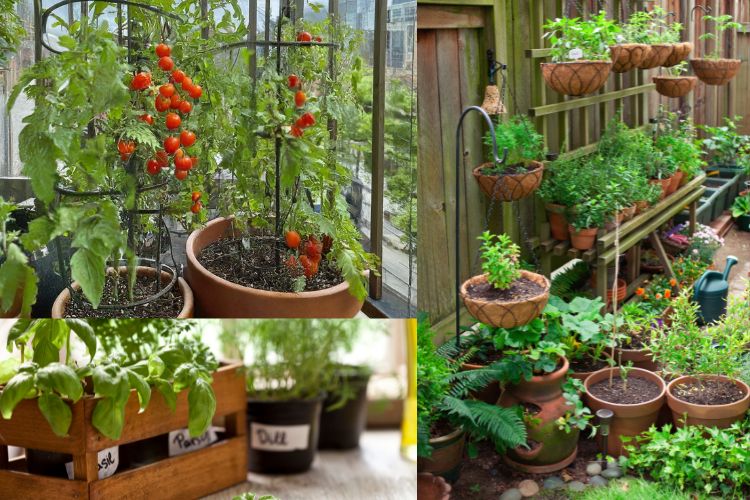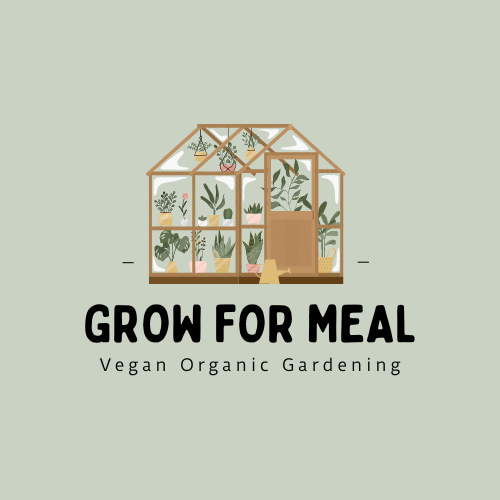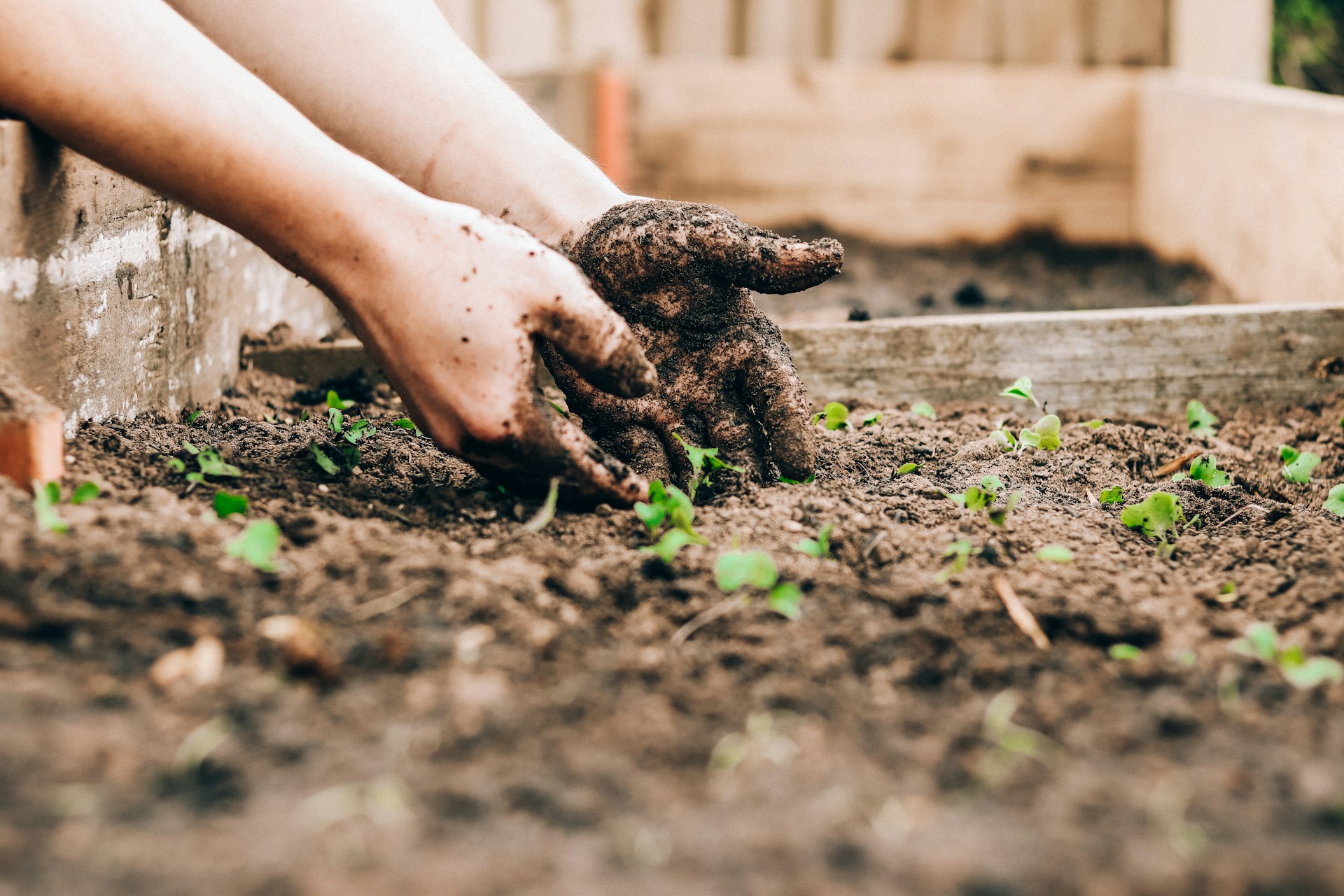Planning a vegan garden isn’t just about what you plant—it’s about how you set everything up. A well-thought-out layout makes all the difference, whether you’re growing in a spacious yard or squeezing a few pots onto a balcony. And trust me, it doesn’t have to be complicated.
Have you ever wondered how to get the most out of your garden space while staying true to your vegan values? It’s not just about avoiding animal products; it’s also about working with nature to create a balanced, thriving garden. Let’s walk through some practical tips that’ll help you plan your layout with ease.
Tips for Garden Planning
Start by sketching out a rough design. Think about what crops you’ll grow and how much space they need. Your vision should reflect your needs and growing conditions.
Consider the amount of sunlight your garden receives. Different plants have varying light requirements, so plan their placement accordingly. Leafy greens like spinach prefer partial shade, while tomatoes thrive in full sun.
Companion planting is another key factor. Some plants work well together, naturally boosting growth and warding off pests. For example, basil pairs well with tomatoes, acting as a natural pest repellent.
Don’t forget crop rotation. This helps prevent soil depletion and reduces the risk of plant diseases. Rotate your crops seasonally to keep the soil healthy and nutrient-rich.
Lastly, plan for easy access. Make sure there’s enough space to walk between plants without damaging them.
Examples of Vegan Garden Layouts
Rows Vegetable Garden Layout

For a straightforward option, consider the traditional row layout. This method is ideal for larger spaces and makes watering and weeding easy. Plants are arranged in rows with ample space in between for access.
Raised Beds

If you have limited ground space, raised beds are a great choice. They allow for better soil drainage, are easier to maintain, and reduce weed growth. Plus, you can fill them with vegan-friendly compost to enrich the soil.
Permaculture

Another option is a permaculture-inspired layout. This design mimics natural ecosystems by grouping plants that benefit each other. For example, planting nitrogen-fixing legumes next to heavy-feeders like corn can boost productivity.
If you’re aiming for a more sustainable approach, these layouts offer flexibility while aligning with your vegan gardening principles.
Considerations for Small Spaces
Limited space doesn’t mean limited possibilities. Container gardening works well on balconies, patios, or even windowsills. Choose pots that suit your plant’s size and growth habits, ensuring they have enough room to develop strong roots.

For vertical gardening, utilize trellises, shelves, or hanging pots to grow upwards. Plants like peas, cucumbers, and herbs thrive in vertical setups, saving valuable ground space.

Square foot gardening is another efficient method. Divide your garden into square foot sections, planting different crops in each. This approach maximizes productivity and minimizes wasted space.

No matter how small your garden, smart layout choices can help you grow a variety of vegan-friendly crops.
Planning your vegan garden layout isn’t just about aesthetics. It’s about maximizing space, sunlight, and crop potential. By considering factors like companion planting, crop rotation, and accessibility, you create a balanced, thriving garden.
Raised beds, container gardening, and vertical setups offer solutions for small spaces, allowing you to grow more with less. Each method can be tailored to your specific needs, whether you’re working with a sprawling yard or a tiny balcony.
With a thoughtful plan, your vegan garden will flourish, providing healthy, ethical produce year-round.




